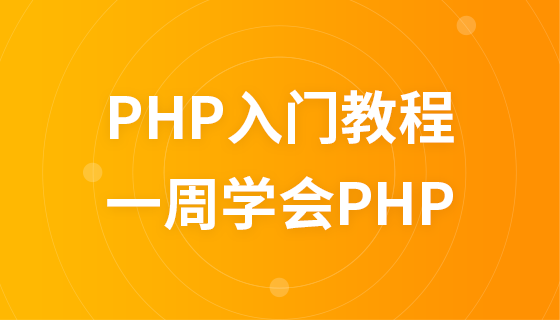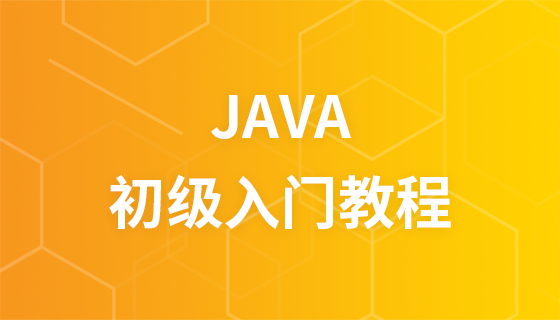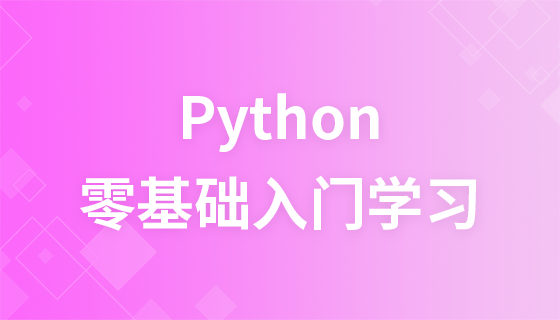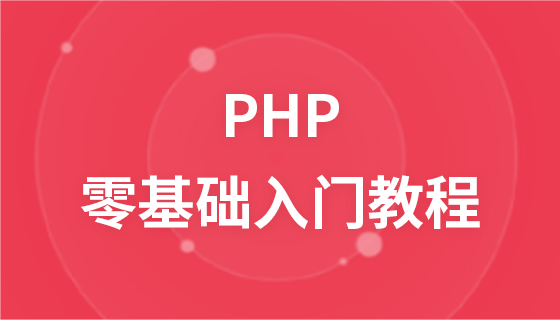
Python Flask Framework Getting Started Tutorial
Flask is a simple and easy-to-use Python Web framework that pays more attention to flexibility and lightweight, allowing programmers to build according to their own preferences. This article will introduce you to the basic concepts, installation and use of Flask, and use a simple example to demonstrate how to use Flask to build a web application.
Flask is a lightweight web application framework based on Python. It does not require the use of any special tools or libraries and only relies on Python itself to complete construction and deployment. At the same time, Flask also provides a flexible set of tools to easily build web applications that meet your needs. Therefore, Flask is widely used in small and medium-sized web application development.
Before we start using Flask, we need to install Flask first. First open the terminal and enter the following command:
pip install flask
This command will automatically download and install Flask from the Python software repository. After waiting for a few minutes, Flask will be installed. You can enter the following command to check whether Flask has been installed successfully:
import flask
If no error is reported, it means that Flask has been installed successfully.
When developing Flask applications, you need to understand some basic concepts:
Below, we create a simple Flask Web application:
from flask import Flask app = Flask(__name__) @app.route('/') def hello_world(): return 'Hello, World!' if __name__ == '__main__': app.run()
In the above code , we first imported the Flask module and created a Flask object. Then, use theapp.route()decorator to define a route that needs to match the URL'/'. Define anotherhello_world()view function to process the request, and finally use theapp.run()method to start the application.
After running this script, a web server will be created locally. You can enterhttp://localhost:5000/in the browser to view the results. The displayed result should beHello, World!.
Routing in Flask is defined using theapp.route()decorator.app.route()The parameter in the decorator is the route URL, which can be defined using a string or regular expression. The following is an example to illustrate how to define different route URLs:
@app.route('/') def index(): return 'Index Page' @app.route('/hello') def hello(): return 'Hello, World!' @app.route('/user/') def show_user_profile(username): return f'User {username}' @app.route('/post/') def show_post(post_id): return f'Post {post_id}'
In the above code, we define four different routes.'/'and'/hello'respectively define two fixed URLs, which returnIndex PageandHello, World!## respectively. #.'/user/
and'/post/
are dynamic routes with variable values, which can match different URLs. Used to display different content.
templatesdirectory of the application. Next, let's look at a simple template usage example:
from flask import Flask, render_template app = Flask(__name__) @app.route('/hello/') def hello(name=None): return render_template('hello.html', name=name) if __name__ == '__main__': app.run()
render_template()function to call the template. The name of the template file ishello.html, and it needs to render a variablename. We use the second parameter of therender_template()function to pass the variable value to the template. In the template file, output variable values by using the{{ }}syntax.
staticdirectory of the application.
from flask import Flask, render_template app = Flask(__name__) @app.route('/hello') def hello(): return render_template('hello.html') if __name__ == '__main__': app.run()
url_for()function to load static files. In the template file, when using theurl_for()function, you need to call it as follows:
{{ url_for('static', filename='style.css') }}
'static'represents the name of the static file directory,'filename'is the name of the static file. In the actual environment,'style.css'should be replaced with the name of the static file we need.
At this point, we have learned about the basic concepts, installation, routing, templates and static files of the Python Flask framework. I hope that through the introduction of this article, you can quickly get started using the Flask framework and develop your own Python web applications.
The above is the detailed content of Getting started with the Python Flask framework. For more information, please follow other related articles on the PHP Chinese website!




